Fires that devastated entire cities
Urban fires have long been a destructive force, reshaping cities and lives in their wake. From the tightly packed streets of yore to modern skyscrapers, fire’s unpredictable nature makes it a formidable adversary.
While we’ve advanced in fire prevention and response, history is peppered with colossal conflagrations that remind us of fire’s raw power. These events, often sparked by a small flame or natural disaster, have prompted changes in urban planning and safety standards.
The Great Fire of London (1666)
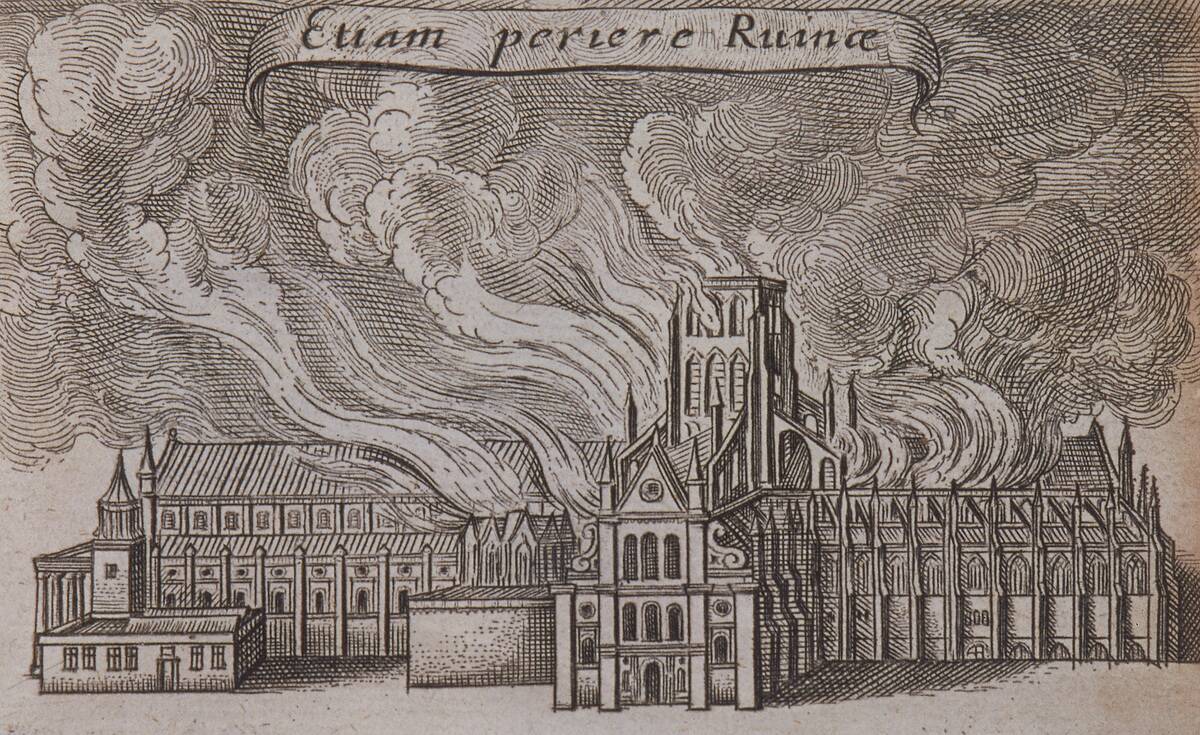
The Great Fire of London in 1666 was a cataclysmic event that reshaped the city. Sparked in a bakery on Pudding Lane, the fire raged for four days, destroying over 13,000 homes.
The medieval city, with its wooden buildings and narrow streets, was a tinderbox waiting to ignite. This disaster led to significant changes in building regulations, including the use of fire-resistant materials, and gave rise to the modern fire insurance industry.
The Chicago Fire: A City Ablaze (1871)
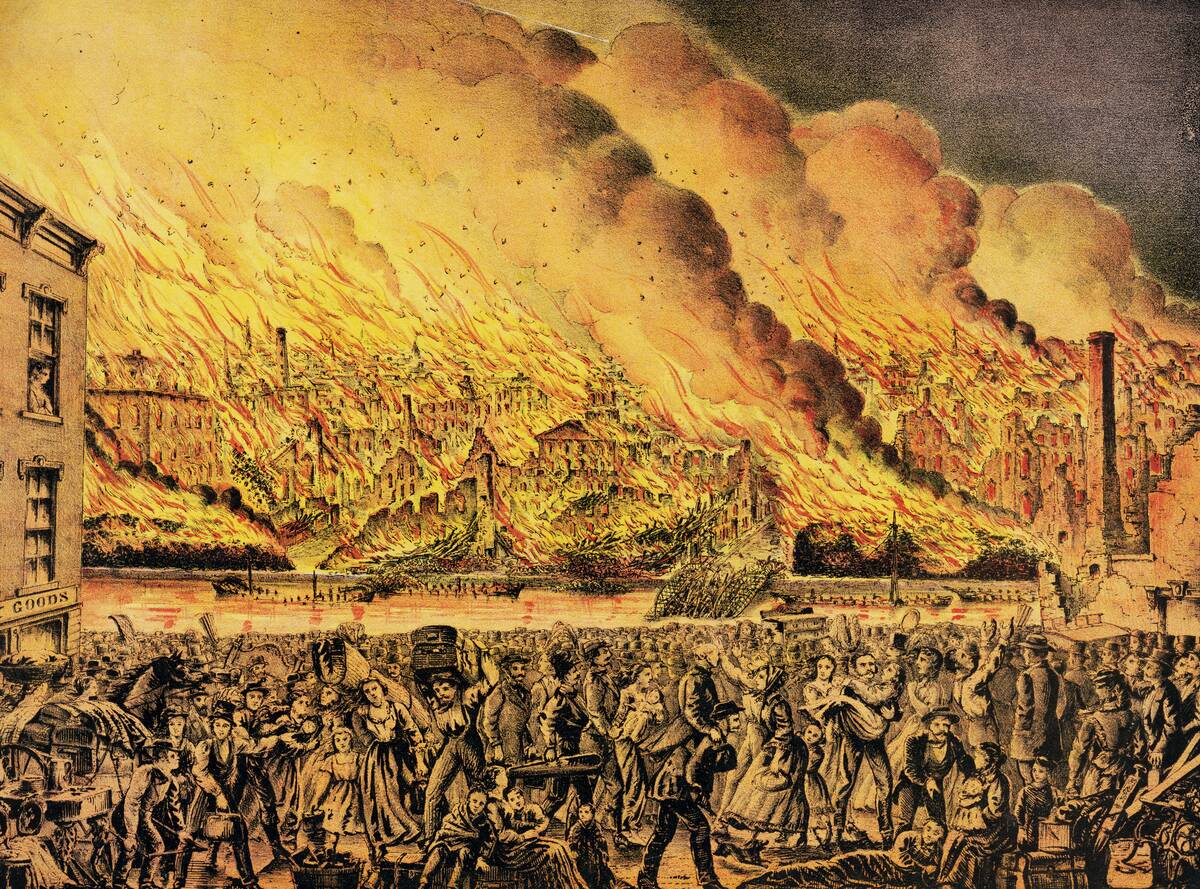
The Chicago Fire of 1871 is often remembered for the mythical tale of Mrs. O’Leary’s cow kicking over a lantern. While the true cause remains unknown, the fire devastated the city, consuming over 17,000 buildings.
The tragedy spurred a massive rebuilding effort, transforming Chicago into a center of architectural innovation. The city’s response included implementing stricter building codes and establishing a more organized fire department, setting a precedent for urban fire safety.
San Francisco in Flames: The 1906 Earthquake Aftermath
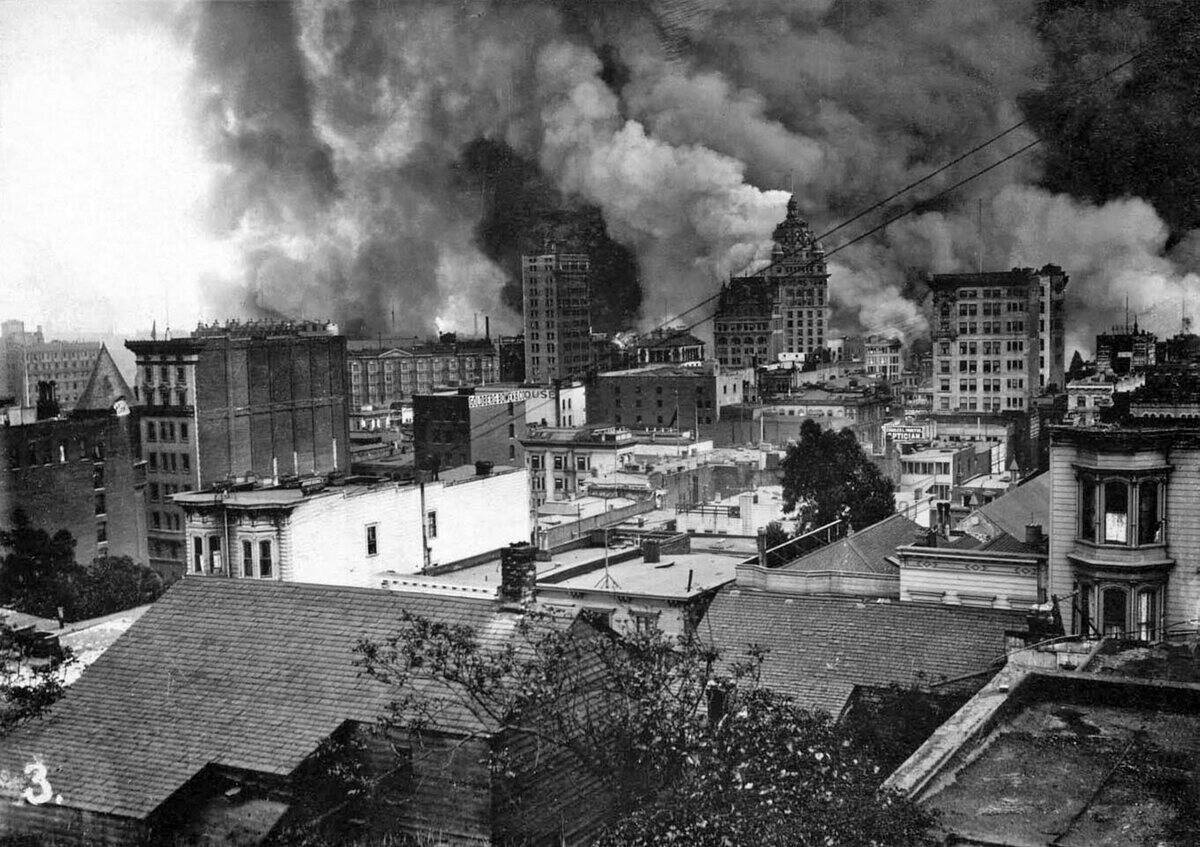
In 1906, San Francisco was struck by a devastating earthquake, but it was the ensuing fires that caused the most destruction. With ruptured water mains, firefighters struggled to control the blazes.
Over three days, the fires razed more than 490 city blocks. The disaster highlighted the need for improved infrastructure and emergency response, leading to the construction of a more resilient water system and modernized urban planning to withstand future calamities.
The Devastation of the 1835 Great Fire in New York City
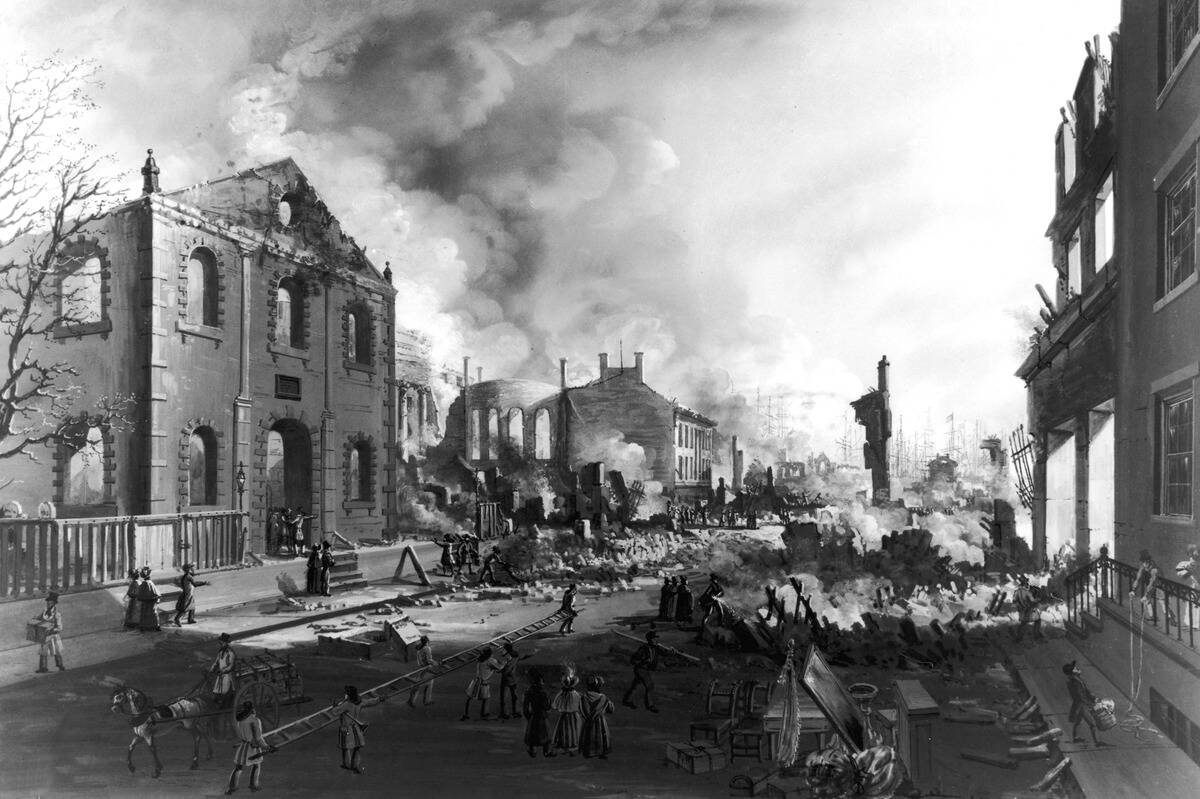
The Great Fire of 1835 in New York City broke out during a frigid December night, making firefighting efforts particularly challenging. Strong winds and frozen hydrants allowed the fire to spread quickly, destroying much of the business district.
This catastrophe prompted the city to invest in a municipal water system, leading to the creation of the Croton Aqueduct, which significantly improved firefighting capabilities and urban resilience against future fires.
Peshtigo: The Forgotten Inferno (1871)
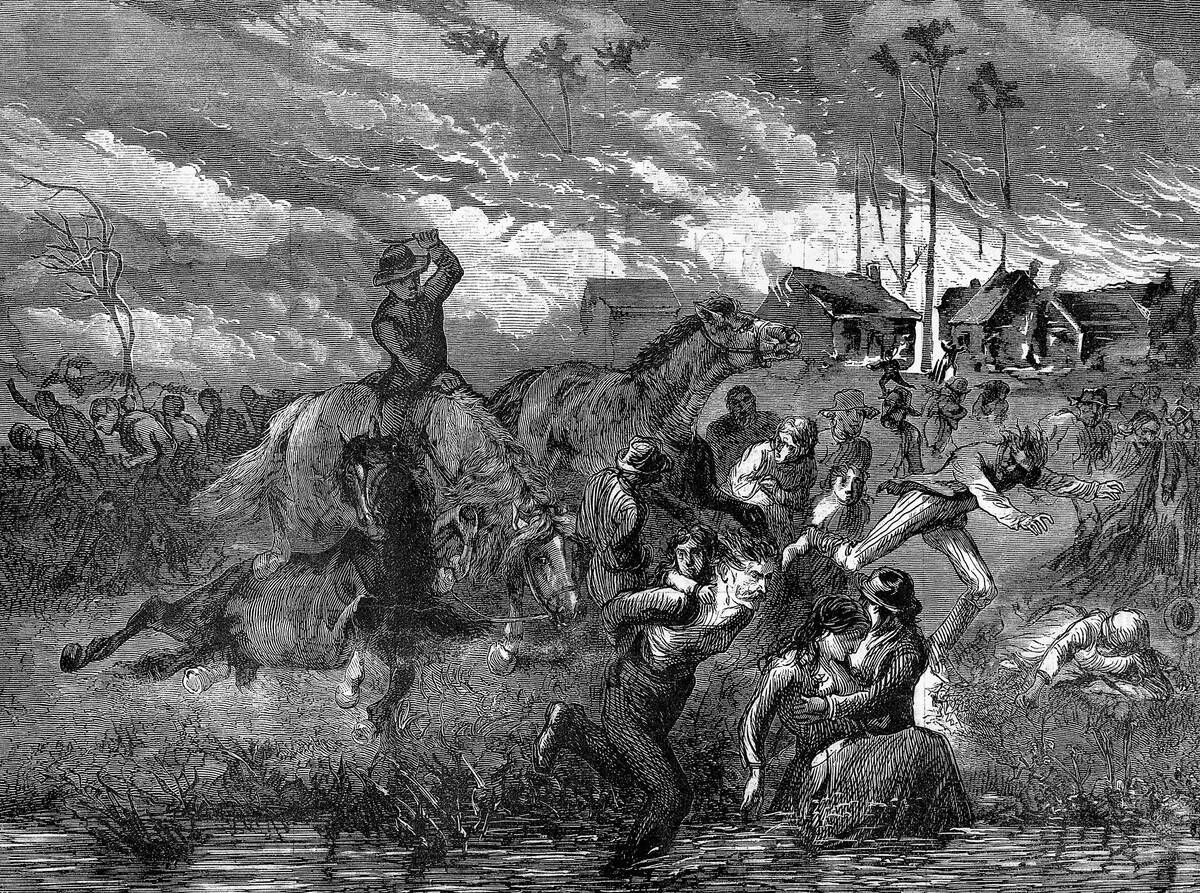
On the same day as the Chicago Fire, the Peshtigo Fire in Wisconsin became the deadliest wildfire in U.S. history, yet it remains largely forgotten. The firestorm, fueled by drought and high winds, obliterated the town and claimed over 1,500 lives.
The intense heat created its own weather patterns, making it an unstoppable force. This disaster underscored the importance of understanding and managing forest environments to prevent such tragedies in the future.
The Halifax Explosion: A Fiery Blast (1917)
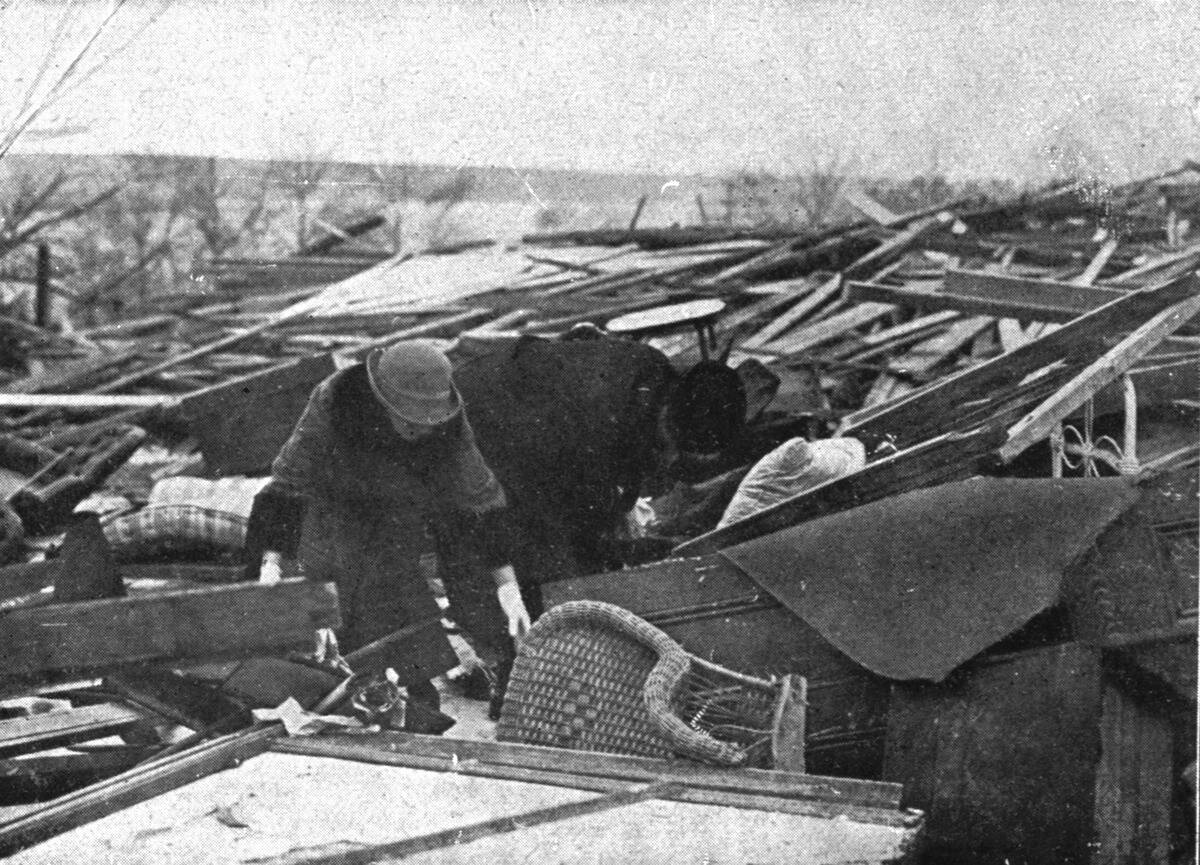
The Halifax Explosion of 1917 was a catastrophic event resulting from a collision between two ships, one laden with explosives. The resulting blast was the largest man-made explosion prior to nuclear weapons, leveling much of the city and sparking numerous fires.
The disaster highlighted the dangers of transporting hazardous materials through populated areas, leading to changes in maritime regulations and urban planning to improve safety for residents.
Tokyo’s Fiery Ordeal: The Great Kanto Earthquake (1923)
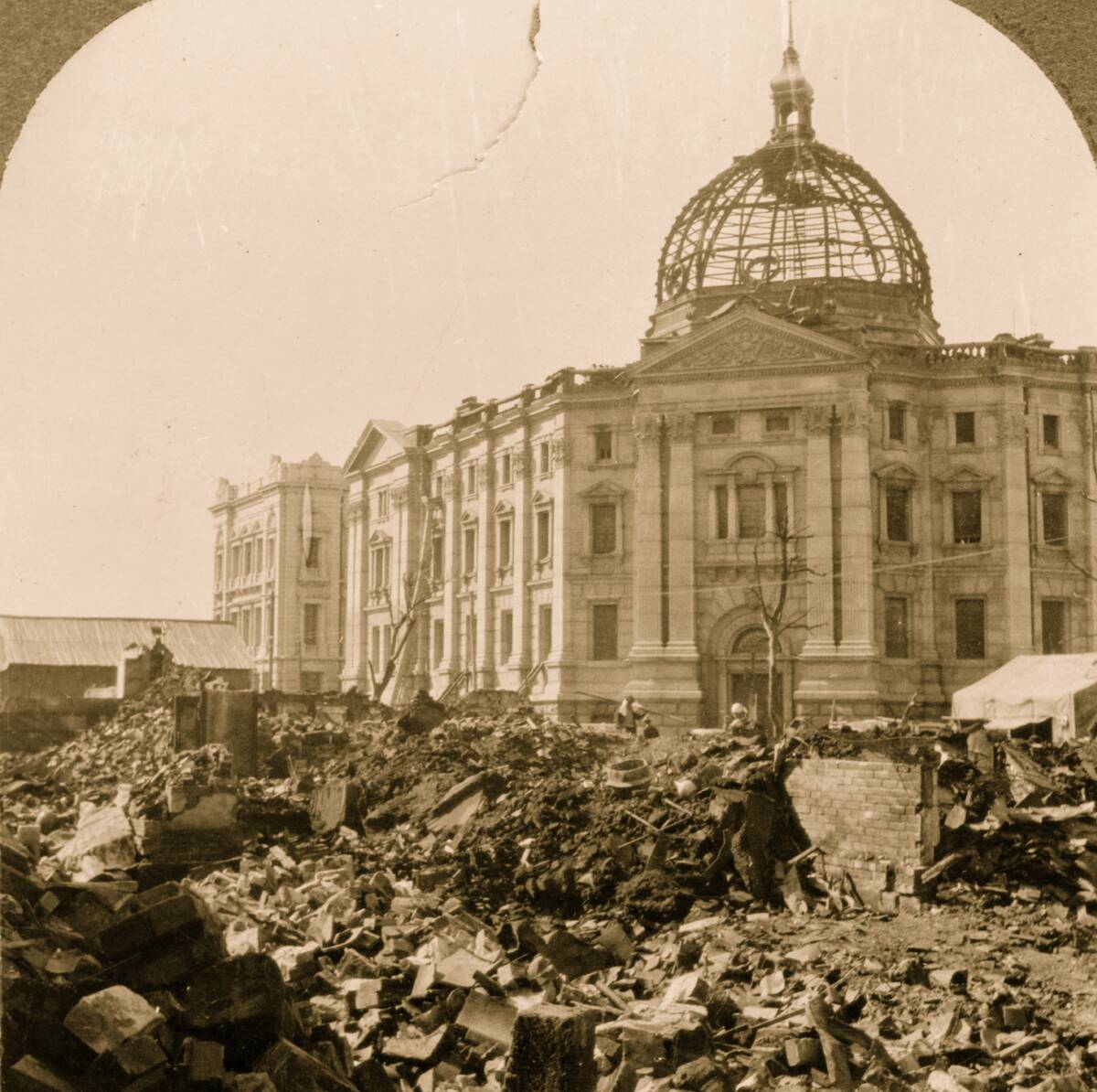
The Great Kanto Earthquake of 1923 devastated Tokyo and Yokohama, but it was the subsequent fires that inflicted the most damage. Wooden homes and narrow streets turned into a blazing inferno, with firestorms causing over 100,000 deaths.
The scale of destruction prompted a massive rebuilding effort, incorporating firebreaks and fire-resistant structures. This disaster also underscored the importance of earthquake preparedness and urban planning in mitigating fire risks.
The 1947 Texas City Disaster: Fire on the Waterfront
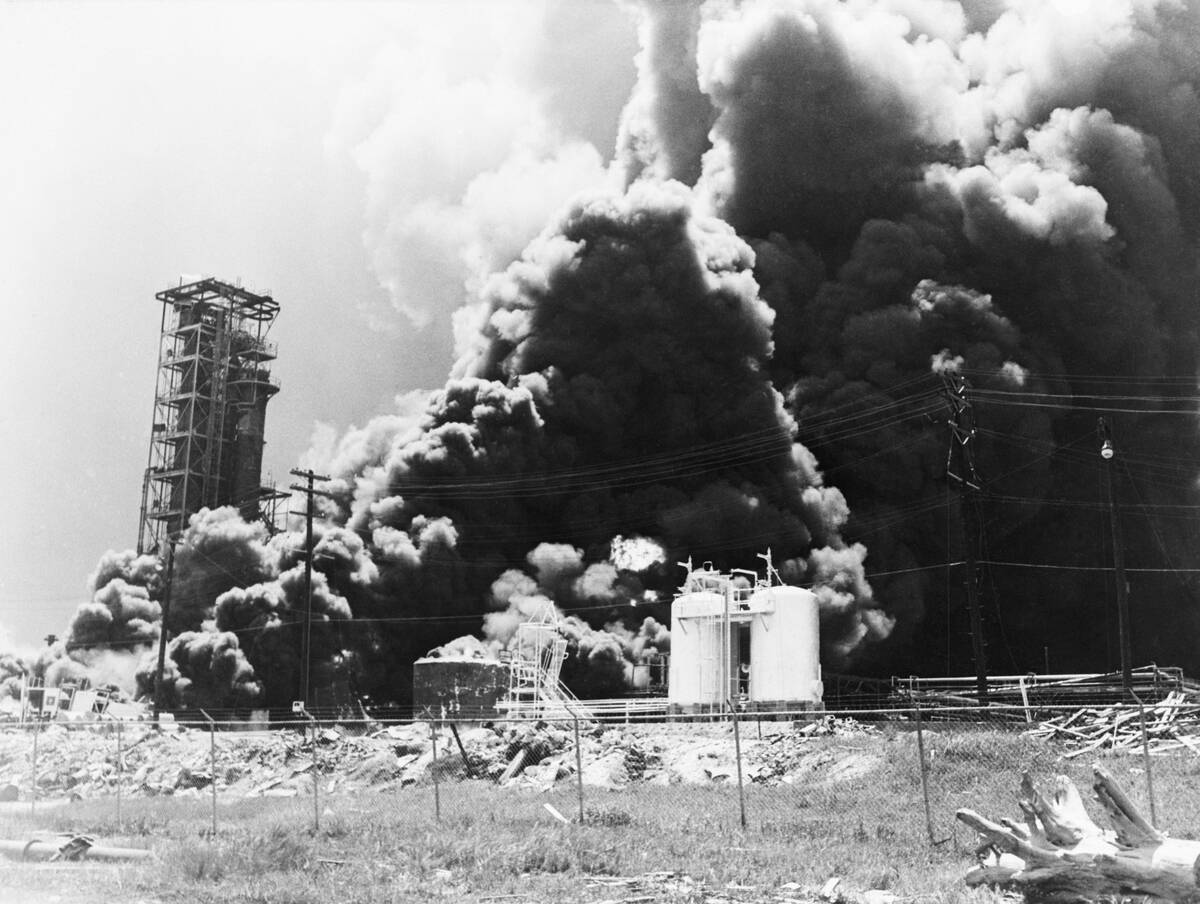
The 1947 Texas City disaster began with a fire aboard a ship carrying ammonium nitrate, a volatile chemical. The explosion was so powerful that it registered on seismographs and sparked fires across the waterfront.
This tragic event resulted in over 500 deaths and led to significant changes in industrial safety standards. The disaster emphasized the need for proper handling and storage of hazardous materials to prevent similar catastrophes.
Dresden: The Firestorm of 1945
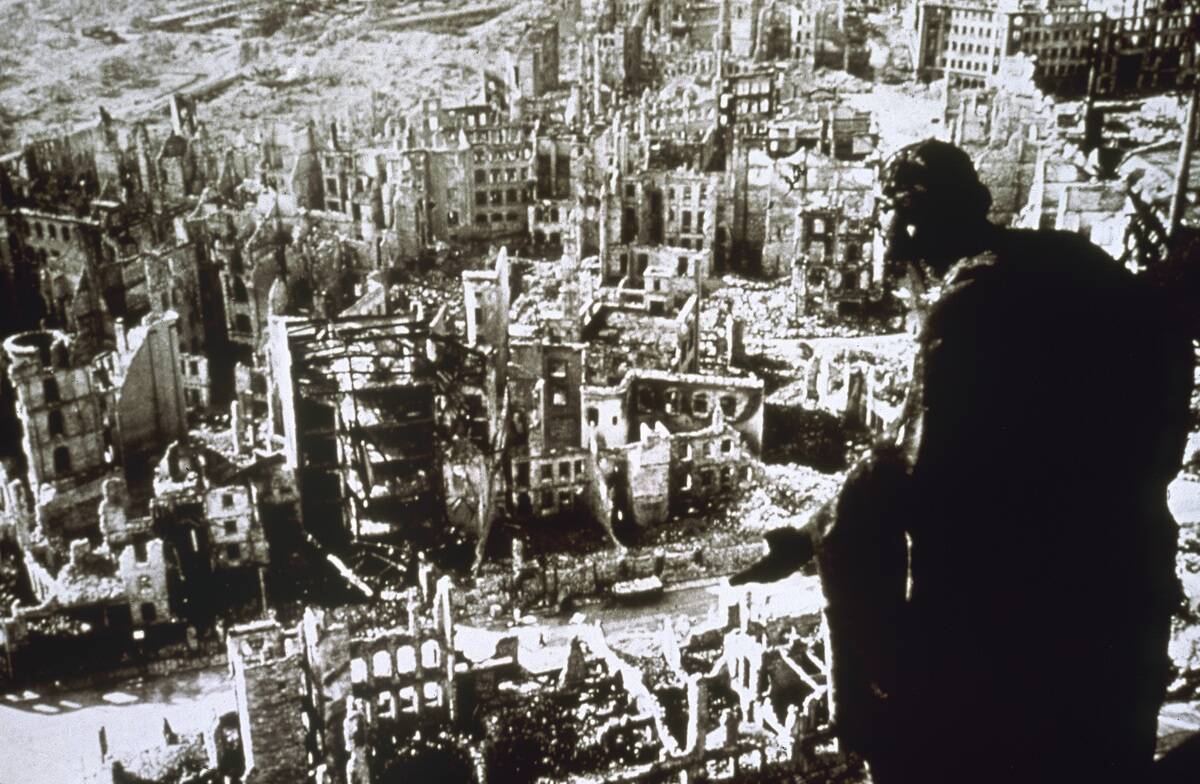
In February 1945, Dresden was subjected to an intense Allied aerial campaign, resulting in a firestorm that engulfed the city. The combination of high explosives and incendiaries created a whirlwind of fire, causing extensive destruction and loss of life.
This event highlighted the devastating effects of fire in warfare, leading to discussions on the ethics of targeting civilian areas and the necessity of international agreements to protect urban populations during conflicts.
The Great Fire of Smyrna: A Historical Tragedy (1922)
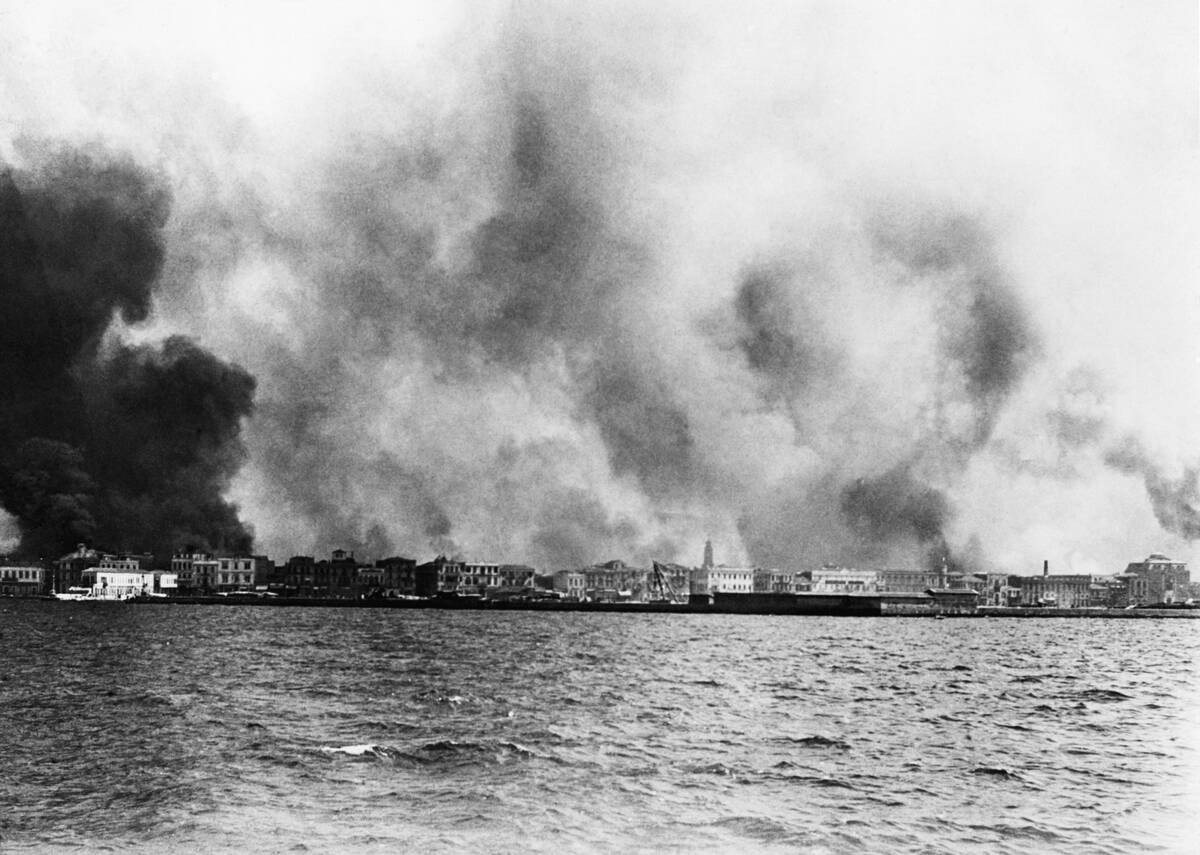
The Great Fire of Smyrna in 1922 marked a tragic end to the Greco-Turkish War. As Turkish forces reclaimed the city, fires broke out, devastating the Greek and Armenian quarters.
The flames left tens of thousands homeless and marked a significant humanitarian crisis, particularly since Turkish forces were accused of starting it in the course of carrying out war crimes. The event is a poignant reminder of the destructive intersection of war and fire, prompting international dialogue on the protection of civilians and cultural heritage in conflict zones.
The 2009 Black Saturday Bushfires: Australia’s Day of Fire
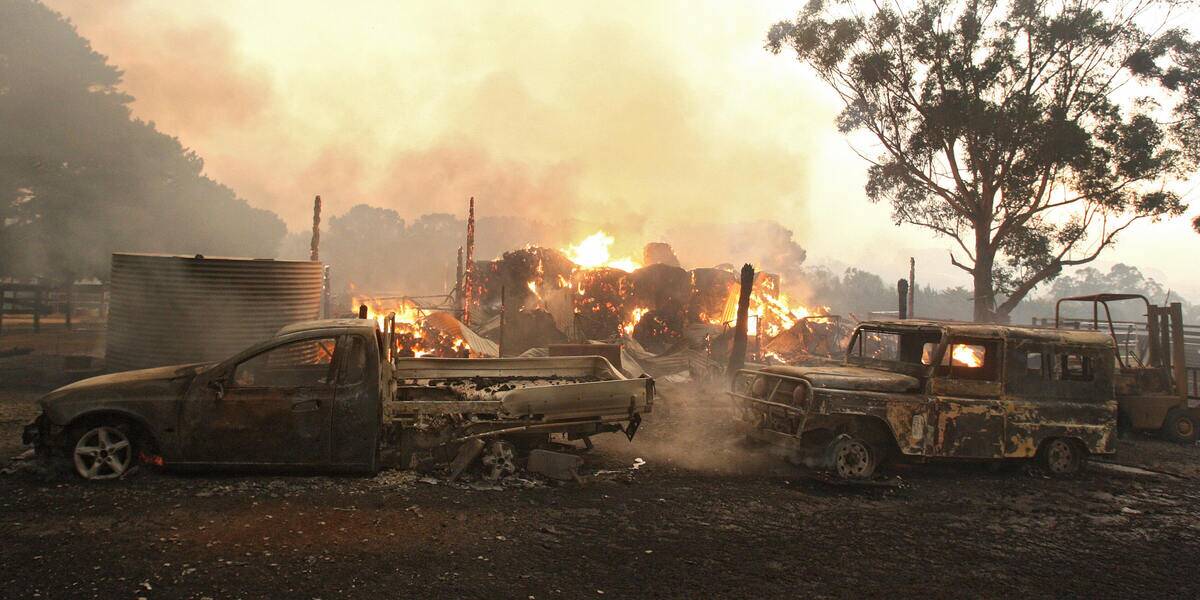
On February 7, 2009, the Black Saturday bushfires ravaged the Australian state of Victoria, becoming one of the country’s deadliest fire events. Extreme temperatures and strong winds fueled the infernos, destroying over 2,000 homes and claiming 173 lives.
The tragedy led to significant changes in Australia’s fire management policies, including improved early warning systems and community education programs to better prepare for future bushfire threats.
The Camp Fire: Paradise Lost (2018)
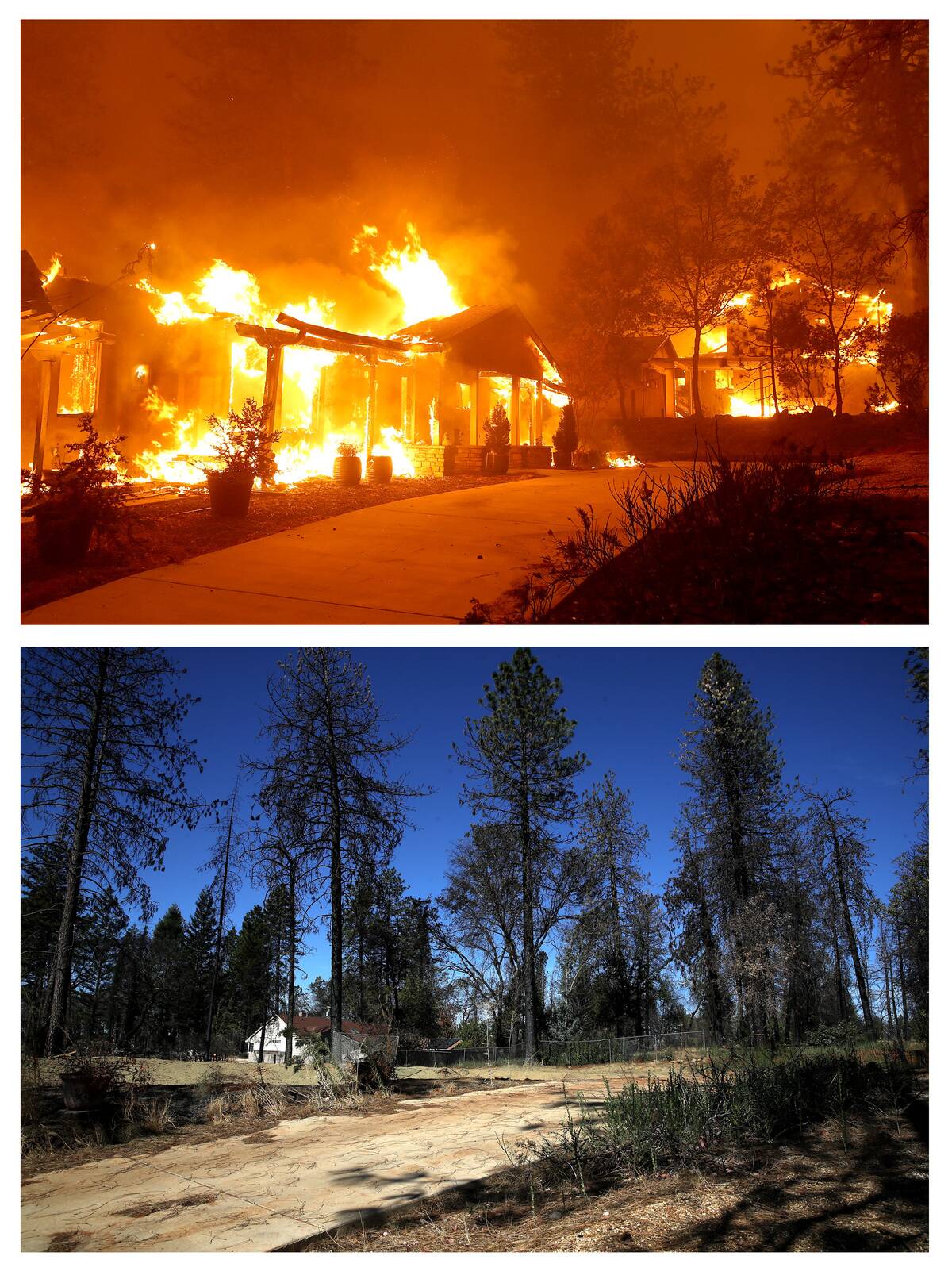
The Camp Fire of 2018 became California’s deadliest and most destructive wildfire, devastating the town of Paradise. Sparked by faulty power lines, the fire spread rapidly, fueled by dry conditions and strong winds.
It destroyed nearly 19,000 structures and claimed 85 lives. This disaster highlighted the increasing vulnerabilities of communities to wildfires, prompting discussions on infrastructure safety, climate change impacts, and the need for comprehensive fire management strategies.
The 1910 Big Burn: America’s Largest Wildfire
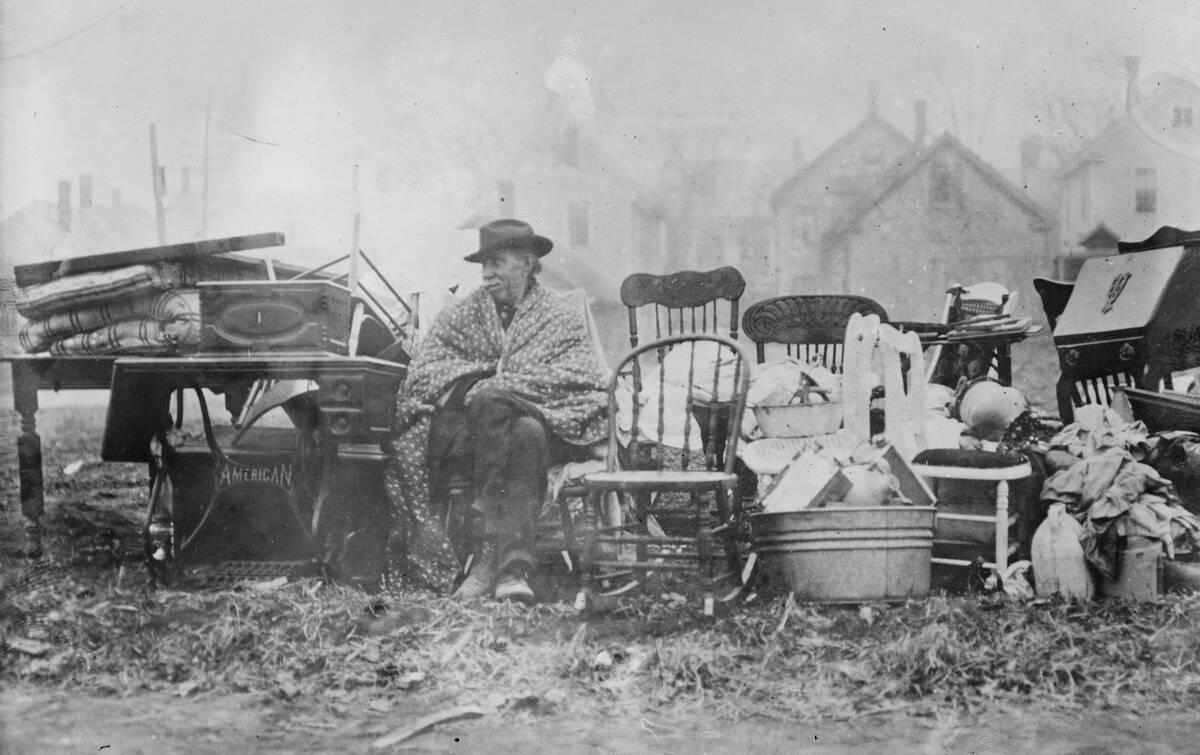
The Big Burn of 1910 was a massive wildfire that scorched over three million acres across the U.S. Northwest. High winds and dry conditions turned multiple small fires into a raging inferno.
This disaster underscored the challenges of firefighting in remote, rugged terrain and led to significant developments in forest management and firefighting techniques. The event also bolstered the U.S. Forest Service to the point of doubling their budget, defining modern wildfire suppression efforts.



